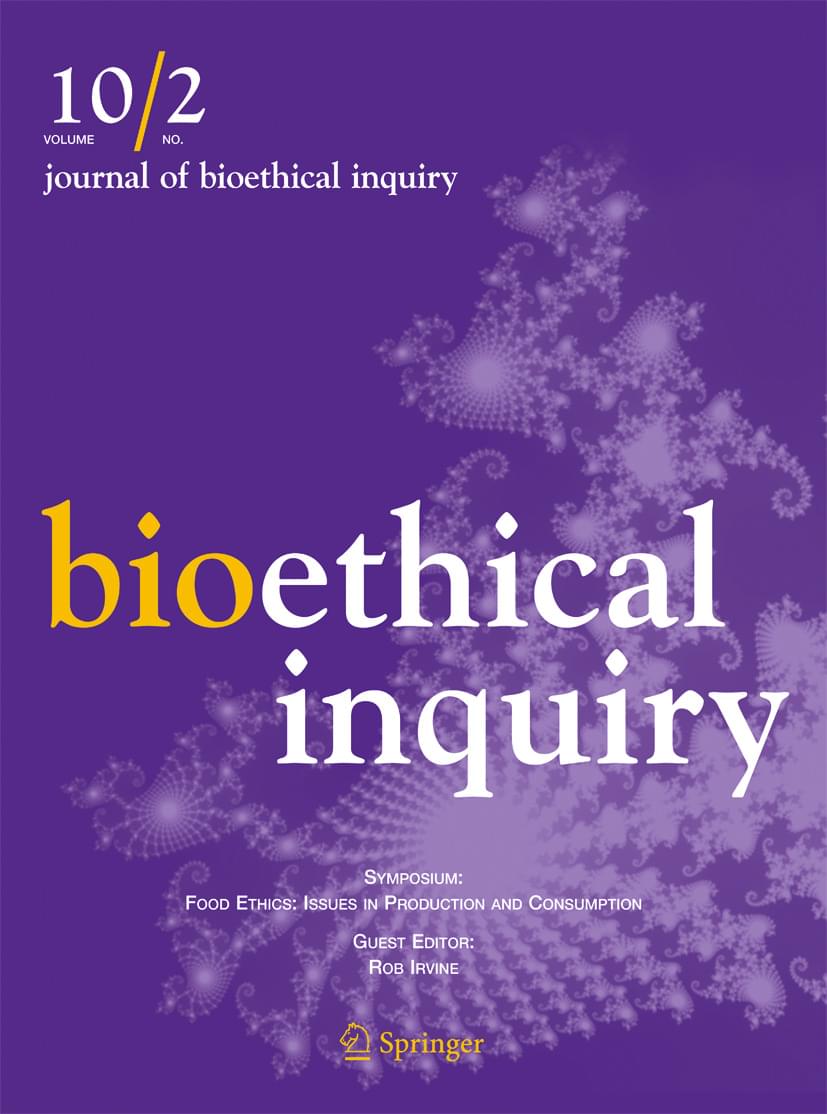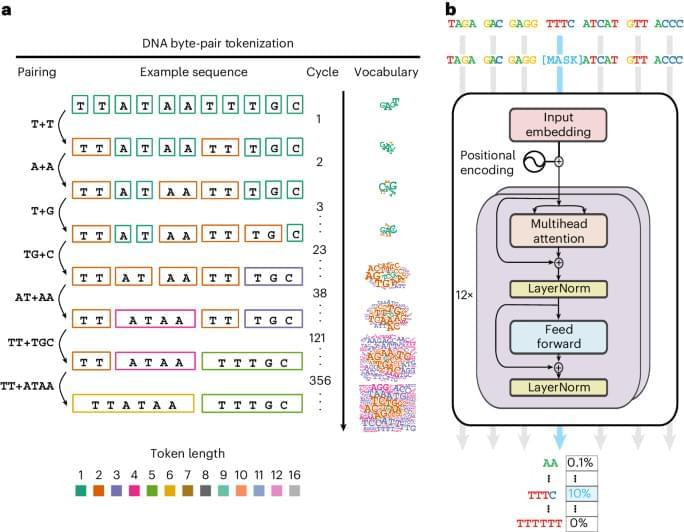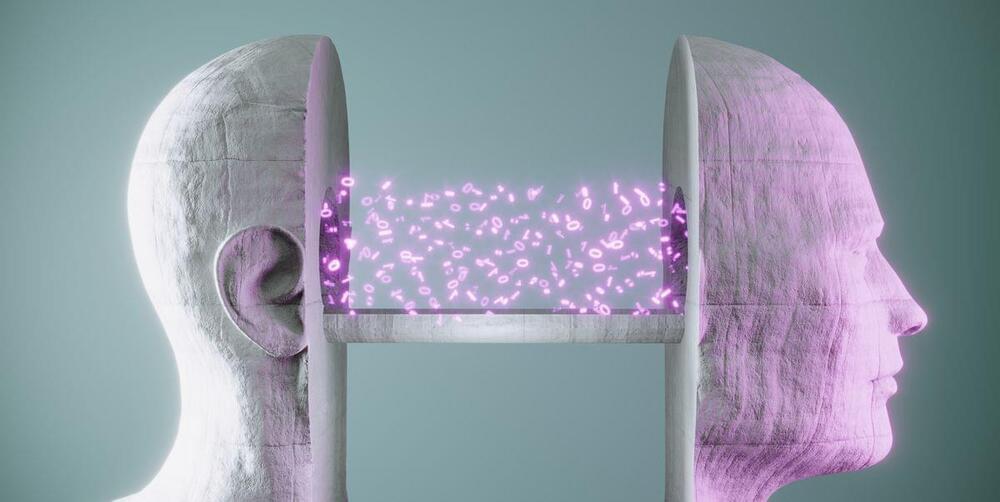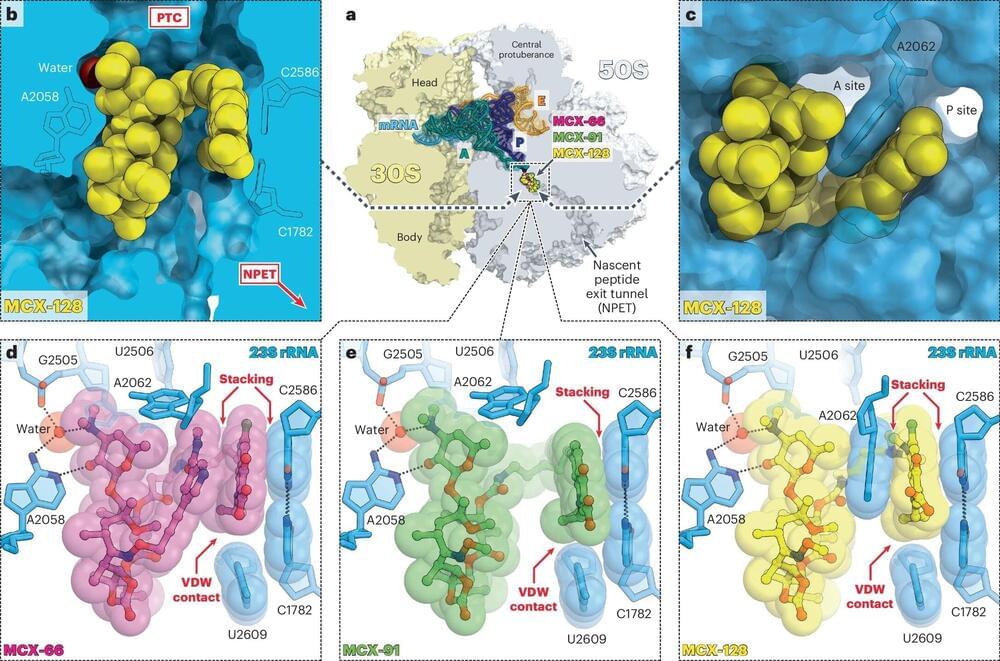Nick bostroms simulation argument.
Have you ever paused, looked around, and wondered if everything you see, feel, and experience is real? Or could it be that we’re living in a sophisticated simulation, indistinguishable from reality?
This thought isn’t just a plot from a sci-fi movie; it’s a serious philosophical argument proposed by Nick Bostrom, known as the Simulation Argument. If you’ve ever questioned the nature of reality or pondered over the mysteries of existence, this exploration is for you.
Nick Bostrom, a prominent figure in the realm of philosophical and technological inquiry, has significantly contributed to the discourse on existential risks and the future of humanity. With a background that spans physics, computational neuroscience, and philosophy, Bostrom has established himself as a leading thinker in assessing the implications of emerging technologies. His work, which often explores the intersection of life, consciousness, and artificial intelligence, has paved the way for a deeper understanding of the potential futures humanity might face.








